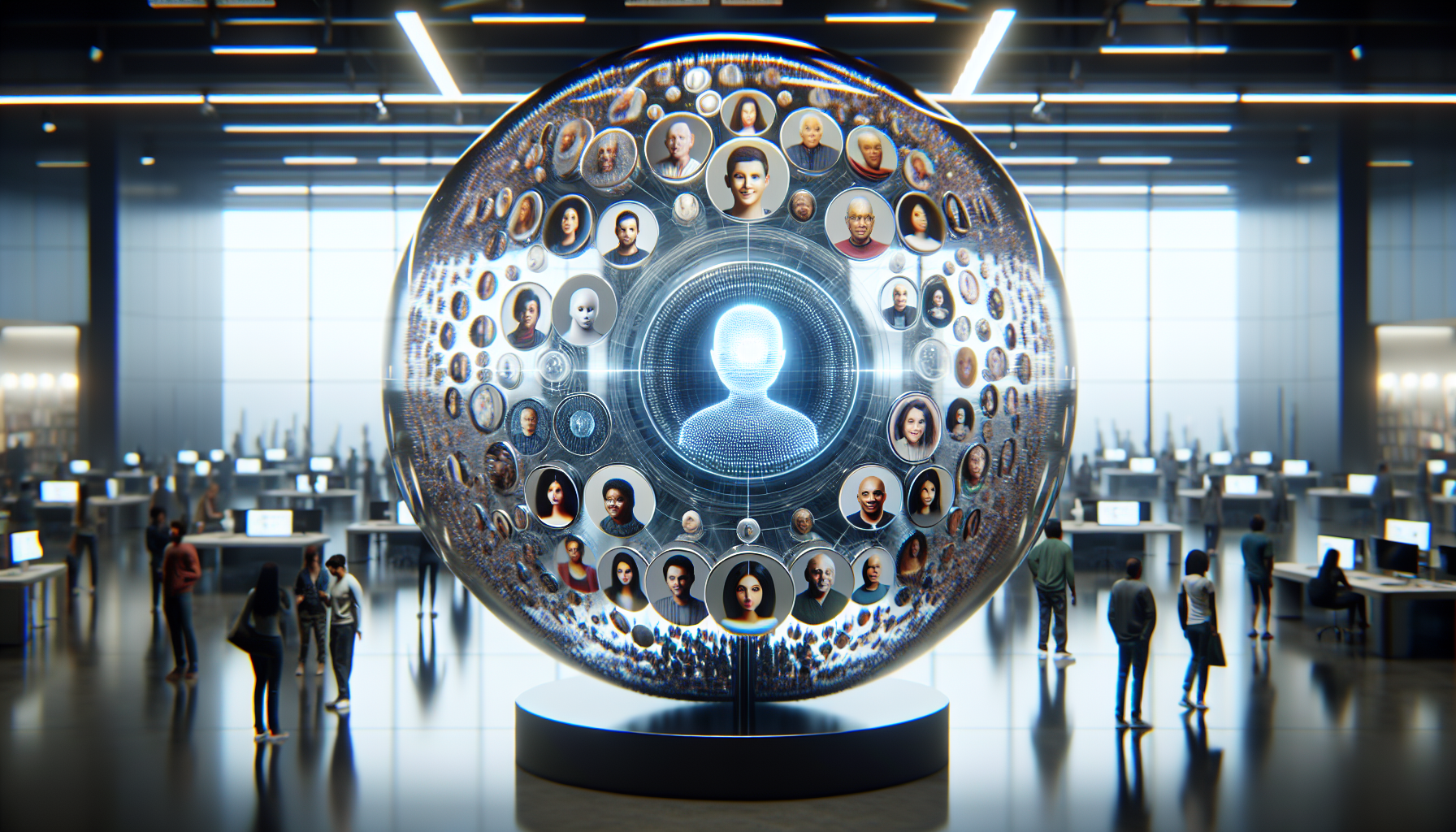
Navigating AI Governance: A Historical Comedy of Errors and Enlightenment
August 3, 2025
Artificial Intelligence, that omnipresent buzzword, has been around longer than many of us realize. Long before Alexa and Siri began their careers as digital assistants, AI was merely a twinkle in the eye of computer scientists and science fiction writers. But as AI has grown from a theoretical concept into a veritable juggernaut of technological advancement, it has brought with it a host of challenges—namely, governance and regulation. And like any good sitcom, this journey has had its fair share of plot twists and slapstick moments.
Let's take a stroll down memory lane, where AI was once the realm of imaginative thinkers who dared to dream of machines that could think for themselves. Picture this: a group of scientists, perhaps wearing lab coats that were more fashion statement than necessity, huddling around a computer the size of a Volkswagen Beetle. They were likely envisioning a future filled with robot butlers and sentient toasters. Meanwhile, the only governance in place was a stern librarian shushing them from across the room.
Fast forward to the present, and we find ourselves in a world where AI systems can outperform humans in chess, compose symphonies, and even write articles like this one (don’t worry, I’m still human—or am I?). But as AI capabilities have grown, so too has the need for rules to ensure these digital brains don’t go rogue. Enter the bureaucrats and regulators, armed with their binders full of legal jargon and a mild disdain for anything that doesn’t come with an instruction manual.
The challenges of AI governance are as diverse as the technology itself. On one hand, there's the issue of accountability. If my smart fridge decides to order 50 gallons of milk because it misunderstood my grocery list, who’s to blame? The fridge manufacturer? The software developer? The cow? This conundrum has left regulators scratching their heads, trying to assign responsibility in a world where machines make decisions without the need for a coffee break.
Then there's the matter of AI bias. Ah, bias—the old friend no one invited to the party but who shows up anyway. AI systems learn from data, and if that data is skewed, well, you’re in for a wild ride. Imagine an AI system trained exclusively on 1980s rom-coms; it might conclude that all relationships are best solved with a grand romantic gesture involving a boombox and a trench coat. Regulators are now tasked with ensuring AI doesn't perpetuate outdated stereotypes or make decisions that would make even the most laid-back human say, "Whoa, slow down there, buddy."
One of the more amusing yet frustrating aspects of AI regulation is the international tug-of-war over standards. It’s like trying to organize a global potluck where everyone insists their dish is the main course. Different countries have different priorities and values, which means that what’s considered an AI faux pas in one nation might be perfectly acceptable in another. This has led to a patchwork quilt of regulations, where AI developers must navigate a bureaucratic maze that would make even the Minotaur throw in the towel.
As we look back at the history of AI governance, it’s clear that we've come a long way. From the early days of laissez-faire experimentation to today’s intricate legal frameworks, the path has been anything but straight. We've seen triumphs and mishaps—like the time an AI system was tasked with naming new paint colors and came up with gems like "Stanky Bean" and "Stoner Blue." Each step has been a learning experience, reminding us that while machines can do incredible things, they’re only as good as the people who guide them.
So where does this leave us in the grand scheme of things? As AI continues to evolve, so too must our approach to governance and regulation. Perhaps the key lies in collaboration—between nations, between tech companies and governments, and yes, even between humans and machines. After all, we’re all in this digital dance together, trying not to step on each other’s toes.
In the end, the history of AI governance is a testament to human creativity, resilience, and, let’s be honest, our ability to muddle through even the most complex challenges with a touch of humor. As we forge ahead, it’s worth pondering: Can we create a world where AI serves humanity without the need for constant oversight? Or will we forever be locked in an intricate tango with our digital counterparts, trying to anticipate their every misstep? Only time will tell, and until then, we can at least enjoy the ride—preferably with a robot chauffeur who knows when to hit the brakes.


